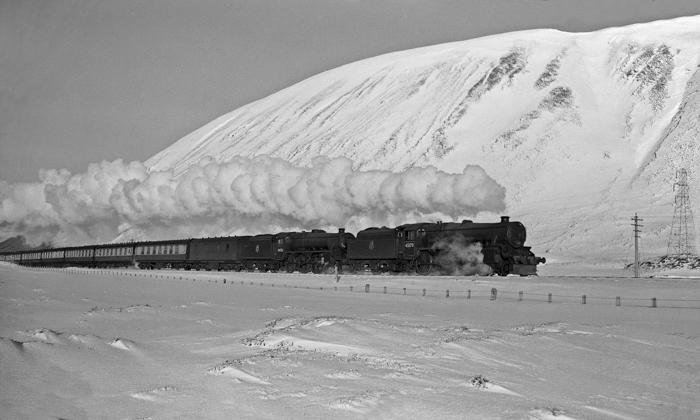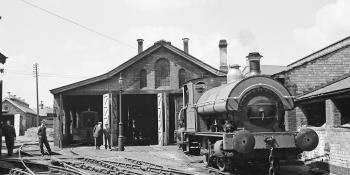Winter brings special challenges for the railway, with snow, ice and fog making operation particularly difficult. EVAN GREEN-HUGHES examines how the system coped in the past and today, highlighting some of the special equipment used.
When temperatures fall during winter, train operators are faced with a whole series of problems. Ice can cause points to freeze over, couplings between trains and rolling stock become difficult to use, brakes can freeze on or off and snow can cover tracks. However, in severe weather the railway system is often the public’s final lifeline as roads become impassable, airports close down and bus services are abandoned.
For the system to stay open as long as possible, a variety of tactics are employed, with many developed long ago. These range from the use of snow-clearing equipment to the installation of electric heaters on points and special driving techniques that aim to mitigate the lack of grip between wheels and rails.

Above: With a typically wintry backdrop, a pair of Stanier ‘Black Five’ 4-6-0s headed by snowplough-fitted 45179 put in a spirited performance on a southbound train at Drumochter summit on January 3 1953. W.J. Verden Anderson/Rail Archive Stephenson.
In areas where there is likel…





